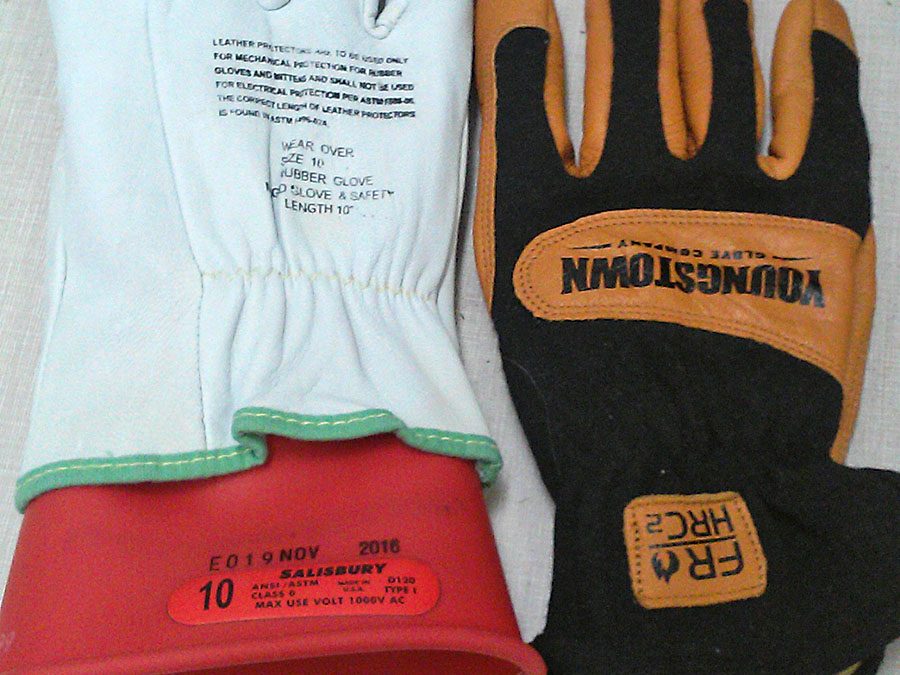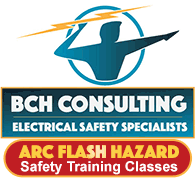During a recent training session, I had a several questions concerning gloves for arc flash protection. I feel like it’s important to make a quick point with hopes of clarifying a potentially dangerous misunderstanding.
There are two ways to protect the hands from the intense heat generated by arc flash. Although both are allowable under NFPA 70e® article 130.7(10)(d)(1) care needs to be taken to ensure that the correct glove is selected.
The first option would be insulating gloves with leather protectors, the other being arc rated gloves. Arc rated gloves fit more like mechanic’s gloves which offer far better dexterity and grip than leather over rubber, making arc rated gloves a very popular, useful, and sometimes safer alternative to bulky insulating gloves.
Although arc rated gloves work great for protecting the hands against heat energy, they DO NOT offer any shock hazard protection. Tasks such as troubleshooting inside an arc flash boundary, can require the hands to get near exposed energized parts. This would require the hands also be protected from a shock hazard. In this case the rubber insulating gloves with leather protector is the only option. Tasks such as breaker or ground device racking, where no shock hazard exists, arc rated gloves are a great option.
I am a firm believer that complicated rules lead to deadly errors
So, how can we make this easy for our electrical workers to understand? Use NFPA70E articles 130.4(A) and 130.5 as a guide. Perform a shock and arc flash risk assessment for electrical maintenance tasks in your facility. Note when arc rated gloves are permissible in your electrical safety policy, then train your qualified electrical workers to this new standard.

Sign up for our free weekly Safety Tips and receive one weekly, right to your inbox!







